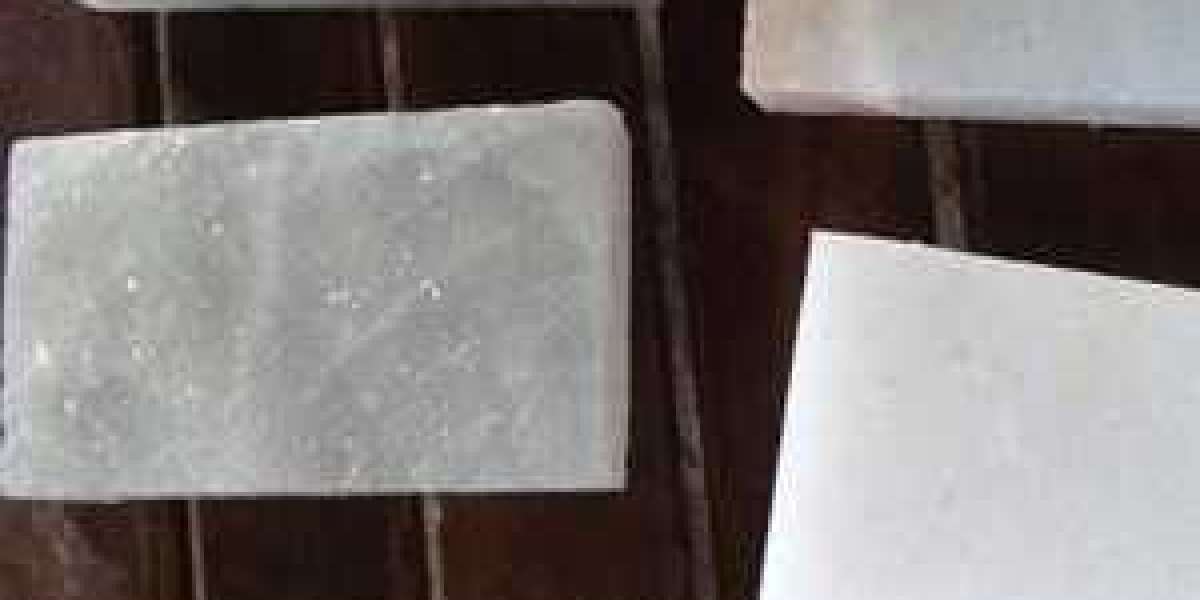In the world of construction, remodeling, and interior design, precision and efficiency are key. Whether you are building a structure, laying tiles for a backsplash, or renovating your patio, having the right tools to cut and shape bricks or tiles can make or break your project. Brick and tile cutters are vital tools that enable smooth, accurate, and efficient cutting, ensuring a professional finish. This article delves deep into the subject, covering the types of cutters, their applications, how to use them effectively, and much more.
brick and tile cutter are indispensable tools for construction, renovation, and decorative projects.
What is a Brick and Tile Cutter?
Brick and tile cutters are specialized tools designed to cut through bricks, ceramic tiles, porcelain tiles, and other masonry materials. These tools ensure that materials fit perfectly into specific spaces or align with the desired design, making them essential in construction and renovation projects.
They are available in manual and powered variants, each suited to specific applications. Their efficiency lies in the ability to create clean, precise cuts without breaking or damaging the material.
Types of Brick and Tile Cutters
Different projects and materials require specific tools. Below is a detailed breakdown of the most common types of brick and tile cutters:
Manual Tile Cutters
Description: Manual tile cutters are simple hand-operated tools used for straight cuts. They feature a scoring wheel to create a groove along the cutting line and a snapping mechanism to break the tile along the groove.
Best For: Straight cuts on ceramic and porcelain tiles.
Advantages
Lightweight and portable.
Affordable and easy to use.
No electricity required.
Limitations: Unsuitable for intricate shapes or very hard tiles.
Electric Tile Cutters
Description: Electric tile cutters are motorized tools equipped with a diamond blade for cutting through tough materials. They often come with a water cooling system to reduce heat and dust.
Best For: Large projects requiring precision or intricate cuts.
Advantages
High cutting accuracy.
Suitable for hard tiles like porcelain and stone.
Versatile for straight and angled cuts.
Limitations: Higher cost and bulkier than manual cutters.
Wet Saws
Description: A specialized type of electric cutter, wet saws use a water reservoir or direct water supply to cool the blade and reduce dust during cutting.
Best For: Precision cutting of ceramic, porcelain, and stone tiles.
Note: brick and tile cutter are specialized tools designed to cut through bricks, ceramic tiles, porcelain tiles, and other masonry materials.
Advantages
Reduces heat buildup and prolongs blade life.
Cleaner and smoother cuts.
Limitations: Requires access to water and more maintenance.
Angle Grinders
Description: Angle grinders are versatile hand-held power tools equipped with diamond blades for cutting tiles, bricks, and other masonry materials.
Best For: Cutting irregular shapes or working in tight spaces.
Advantages
Portable and multipurpose.
Perfect for detailed or curved cuts.
Limitations: Requires experience for precision and safety.
Masonry Saws
Description: Masonry saws are heavy-duty tools designed for cutting bricks and large tiles. They are typically stationary and are best suited for professional or industrial use.
Best For: Large-scale construction projects.
Advantages
High power and durability.
Efficient for cutting thick or dense materials.
Limitations: Expensive and not portable.
Key Features of Brick and Tile Cutters
When selecting a brick or tile cutter, certain features should be considered to ensure optimal performance. These include:
Blade Type: Diamond blades are ideal for most masonry materials due to their durability and precision.
Cutting Capacity: Choose a cutter that matches the thickness and size of the materials you plan to work with.
Adjustable Settings: Tools with adjustable angles and guides offer more flexibility for intricate designs.
Water Cooling System: Essential for electric cutters to reduce heat and prolong blade life.
Build Quality: Opt for sturdy, durable tools made from high-quality materials.
Applications of Brick and Tile Cutters
Brick and tile cutters are versatile tools with a wide range of applications, including:
Construction
Cutting bricks for walls, foundations, and decorative structures.
Trimming tiles for flooring, roofing, or paving.
Renovation and Remodeling
Shaping tiles for kitchens, bathrooms, and backsplashes.
Cutting bricks for patio upgrades or retaining walls.
Landscaping
Trimming pavers and bricks for pathways, garden walls, and outdoor areas.
Decorative Work
Crafting intricate patterns and designs for mosaics or feature walls.
Step-by-Step Guide: How to Use a Brick and Tile Cutter
Using a brick and tile cutter effectively requires careful preparation and execution. Below is a detailed guide for both manual and powered cutters:
Conclusion
Brick and tile cutters are indispensable tools for construction, renovation, and decorative projects. With various types available to suit different needs, understanding how to choose, use, and maintain these tools is crucial for achieving excellent results. Whether you're a professional contractor or a DIY enthusiast, investing in the right brick and tile cutter will save time, enhance precision, and elevate the quality of your work.



